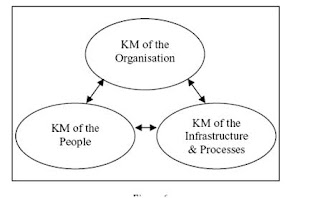APPLICATIONS AND CHARACTERISTIC OF WEB 2.0.
This new advent is known as Web 2.0. It is basically a revolutionary way of gathering, organizing and sharing of information. It has gain considerable importance in todays society.
Osimo and Burgelman (2007) states “Web 2.0 is about both technology and attitude”.
Now let us discuss and also compare the various characteristics of the Web 2.0
Applications of web 2.0 also have specific character i. e specified to a particular topic like for example tfl.gov.uk which is specified for the transport and the routes in London only.
It also shows static as well as dynamic characteristics.
Static characteristics of the Web 2.0 can be well described with the example of You tube where one can view songs or even self made movies or videos that are uploaded by other users .
Another application characteristic that is supported by Frissen (2008) is the closed environment characteristic of the Web 2.0 .An example is orkut.com which has a feature of hiding your scrapbook or your pictures from being viewed by other people.
Open environment is also another characteristic where there is an open environment where people can have access freely .An example is the
There is another characteristic of the Web 2.0 that is applications can be personal .An example is the blog, I created for publishing my articles and also sharing my personal viewpoint with others. This characteristic is supported by Wyld (2007).
It can also be used to inform people about something.
It can also be used as a virtual medium to meet each other virtually .an example is Second Life.
It is also used nowadays for shopping online .an example is ebay .com
It is also being used for gambling and betting .an example is betfair.com
Now let us take an example of Web 2.0
It can be used by anyone having a microphone and an internet connection so that one can download audio files that could be downloaded by other users.
Example: Announcement made in hospitals regarding a drug that is needed or is out of stock.
Uses Of Podcasting: There are various uses of podcasting such as
For eg : taped lectures ,group presentations .
It can prove to be a help for students in pronouncing foreign languages by listening to the podcasted audio files.
Nowadays tourist attractions and also some of the museums are using podcasting .It is being used an electronic guides for the visitors.
There are also some benefits of podcasting such as
It enables users to perform other primary task while consuming audio content.
Typically users consume audio content on a mobile Mp3 or directly from the browser, both of these ways enables multitask opportunity for the users. (Owyang, 2006).
It is also beneficial for slow readers or pupil willing to learn via audio.
1: Anderson, K. M., Taylor, R. N., and Whitehead, E. J. 1994. Chimera: hypertext for heterogeneous software environments. ACM Hypertext , pg 94-107.
2: Osimo, D., and Burgelman,J.C. 2007, Web 2.0 for e-Government Why and How, 4th Ministerial e-Government Conference,Lisbon (presentation),.
3: Miller, P. 2005, Web 2.0: Building the New Library”, Ariadne, No. 45.
4: Frissen, V., et al. 2007, Naar een ‘User Generated State’? TNO, Delft,.
5: Wyld, D.C., 2007,The Blogging Revolution: Government in the Age of Web 2.0, IBM Center for The Business of Government, Washington (E-Government Series),.
6:Ormand.P ,2008,Podcasting Enhances Learning. Consortium for Computing Sciences in Colleges.
7: Owyang, J. 2006., Podcasting can be an ambient medium http://jeremiahthewebprophet.blogspot.com/2006/06/podcasting-can-be-ambient-medium.html.



